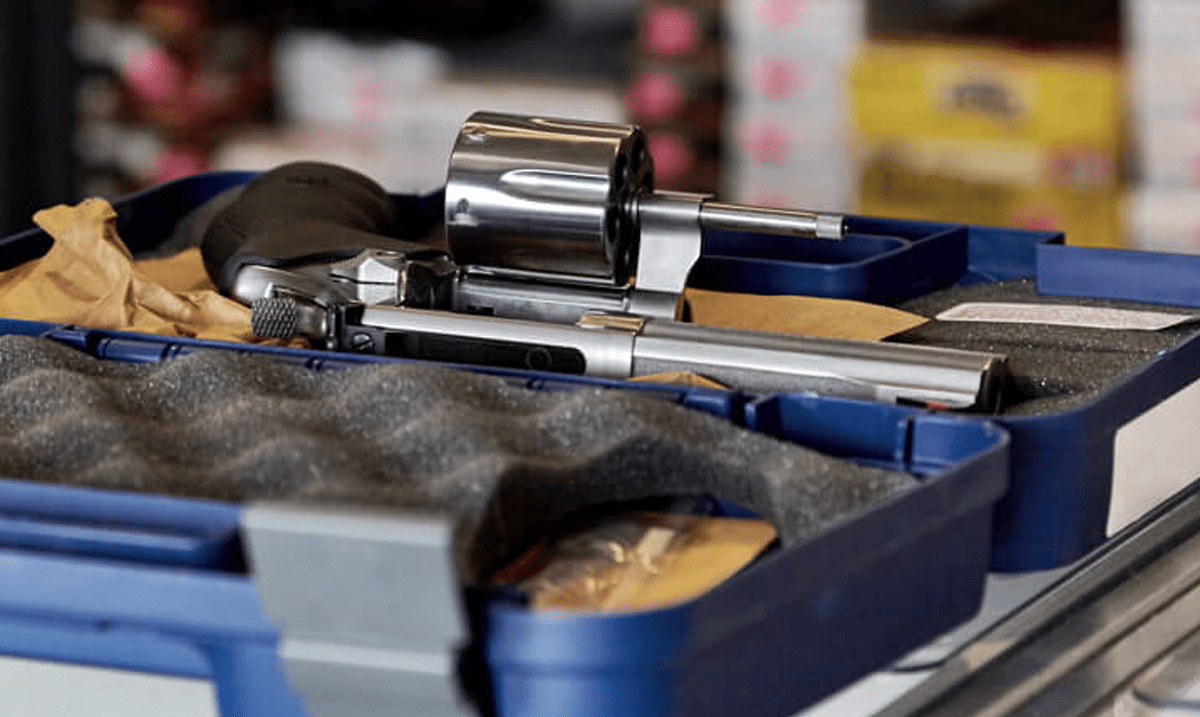 Back to News
Back to News
April 25, 2017
‘New’ Report on Lead Exposure at Shooting Ranges Doesn’t Have New Data

A new report making some headlines over the last few days recommends banning lead ammunition in response to blood lead levels in those who shoot at indoor and outdoor ranges.
This report, published in the journal, Environmental Health, doesn’t add anything new in terms of science, rather it is a literature review of existing studies. While literature reviews certainly hold value when done correctly, the news reports about the report seldom note that no new information is being presented here.
What is being presented is an overview of the results from 36 studies. Based on the results of these studies, the authors argue that blood lead levels of shooters, both occupational and recreational, are too high and that more should be done to minimize lead exposure. The authors also declare, without providing evidence, that the U.S. government thresholds for blood lead levels are too high and should be lowered. That’s simply an opinion unsupported by scientific evidence.
However, looking at these “36 articles,” it becomes clear that nearly all (83%) of the studies analyzed are either studies of shooters in other countries, or studies that are more than 10 years old. Only 6 are U.S.-based studies conducted within the past decade.
It’s hard to believe that the stringent regulations set by U.S. agencies for ranges are the same as those found in the other countries in the study including Mexico, Taiwan, Brazil and South Africa. Also, it doesn’t take much to assume that the U.S. regulations that were in place during some of these studies have changed over time – the “best practices” of ranges in 1975 are not the same as the ones in effect today. Even seatbelts weren’t required to be worn in 1975. Times have changed and so have the ventilation systems, blood lead level monitoring for employees, and numerous other practices of shooting ranges, their employees and their visitors.
Employees responsible for test firing firearms at factories every day regularly have their blood lead levels monitored. Our members report there are no problems with the monitoring results. Even this literature review acknowledges that of the studies conducted in the U.S. in the past ten years, no results show occupational exposure above the regulatory thresholds. Yet, the authors express unfounded and unwarranted concern that recreational target shooters, including “young children,” are at risk when their exposures are significantly lower than that of occupational shooters. What the results actually show is that when best practices are followed, exposure can be safely managed.
Before the media takes off running with this literature review, we urge reporters to read the full report. They will see that this is clearly a solution in search of a problem.
Categories: BP Item, Bullet Points, Government Relations, Ranges









